Browse Primary Sources
Locate primary sources, including images, objects, media, and texts. Annotations by scholars contextualize sources.
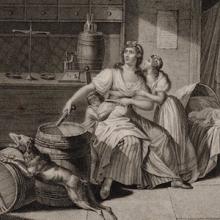
An Example of Heroic Courage
In this rendition of an incident from the Vendée rebellion, an ordinary woman is shown standing up to the rebels. It comes from a series of heroic images of the Revolution and shows that women could be heroines for the Republic.
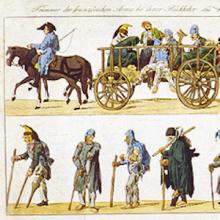
Debris of the French Army Returning to the Fatherland
Here, as in other critical images, reversal plays an important role. Proud soldiers have given way to a bedraggled collection of men, far removed from their former glory.
This source is a part of the The Napoleonic Experience teaching module.
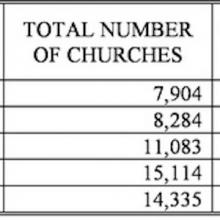
Statistics on Polish Catholicism in the Communist Era
The information presented in this table highlights some of the ambiguities regarding the position of the Roman Catholic Church in the Polish People's Republic. The basic message in these data is that Catholicism thrived between WWII and the 1990s. These decades saw an expanding network of parishes and a dramatic surge in the construction of church buildings.
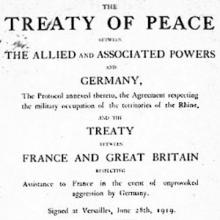
Treaty of Versailles
The Treaty of Versailles at the end of World War I was intended to usher in a world of peace based on the principle of national self-determination. World War II broke out 20 years later.
This source is part of the Analyzing Official Documents methods module.
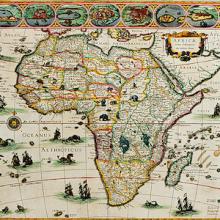
“Africae Novo” Map
The “Africae novo” map, from the early 1600s, allows us to think through the interpretation of one historical map. Unlike some historical maps that are mysteries, we know the origins of this one: it was produced by a famous Dutch cartographer, Willem Blaeu, and published in his 1630 atlas. The atlas has survived in several copies, and this artist is quite well known.
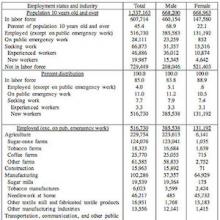
Puerto Rican Labor Movement and the 1940 Census
This particular census table describes the types of jobs done by men and women. It illustrates how roles are assigned on a gendered basis. After the Great Depression of 1929, the world economy was in crisis. The United States promoted agriculture to improve the economy and the lives of its citizens. Puerto Rico, as part of the insular possession of the United States, was included in this plan.
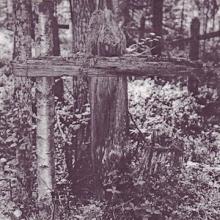
Wooden Crosses
Photograph of wooden cross taken in forest at Obelusat Cemetery near Lake Stanovoi, Solovki.
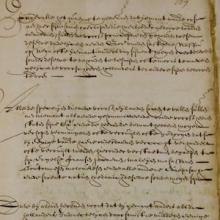
Treaties Between the VOC and the Spice Islands
The Amboyna trial was a famous conspiracy case that took place in 1623 when a group of Japanese mercenaries were accused of plotting with English merchants to seize control of a Dutch fort on a remote island in Southeast Asia.
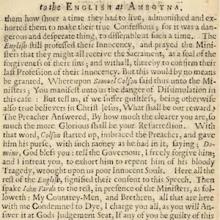
Early Modern Dutch and English Propaganda
The Amboyna trial was a famous conspiracy case that took place in 1623 when a group of Japanese mercenaries were accused of plotting with English merchants to seize control of a Dutch fort on a remote island in Southeast Asia.
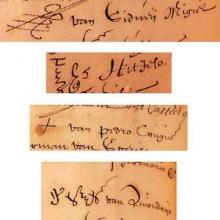
Japanese Mercenaries in Early Modern Southeast Asia
The Amboyna trial was a famous conspiracy case that took place in 1623 when a group of Japanese mercenaries were accused of plotting with English merchants to seize control of a Dutch fort on a remote island in Southeast Asia.
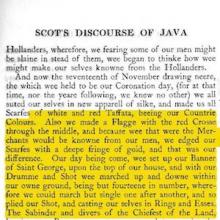
Rivalry Between English and Dutch East India Companies
The Amboyna trial was a famous conspiracy case that took place in 1623 when a group of Japanese mercenaries were accused of plotting with English merchants to seize control of a Dutch fort on a remote island in Southeast Asia.
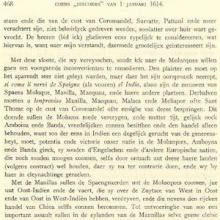
Japanese Mercenaries and the Dutch East India Company
The Amboyna trial was a famous conspiracy case that took place in 1623 when a group of Japanese mercenaries were accused of plotting with English merchants to seize control of a Dutch fort on a remote island in Southeast Asia.
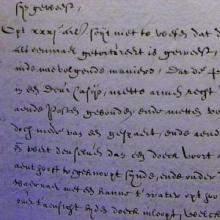
"Torture by Water" in the Early Modern Dutch Empire
The Amboyna trial was a famous conspiracy case that took place in 1623 when a group of Japanese mercenaries were accused of plotting with English merchants to seize control of a Dutch fort on a remote island in Southeast Asia.
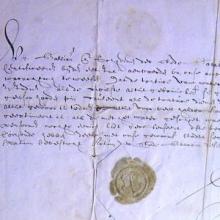
Torture in the Early Modern Dutch Empire
The Amboyna trial was a famous conspiracy case that took place in 1623 when a group of Japanese mercenaries were accused of plotting with English merchants to seize control of a Dutch fort on a remote island in Southeast Asia.
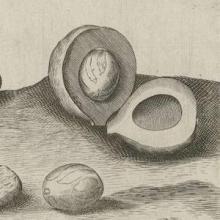
Nutmeg and the Spice Wars in Southeast Asia
The Amboyna trial was a famous conspiracy case that took place in 1623 when a group of Japanese mercenaries were accused of plotting with English merchants to seize control of a Dutch fort on a remote island in Southeast Asia.
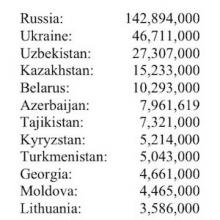
Post-Soviet Population Table, 2006
This table provides population information for the fifteen successor states of the Soviet Union. While these figures do not provide a breakdown by national composition within each independent state, they do reveal the range in the sizes of these new states.

Commonwealth of Independent States, Map 1994
This map outlines the political territories that took the place of the Soviet Union after 1991. The fifteen republics of the USSR became fifteen independent states: Russia, Kazakhstan, Kyrgyzstan, Tajikistan, Turkmenistan, Uzbekistan, Georgia, Azerbaijan, Armenia, Ukraine, Moldavia, Belarus, Estonia, Latvia, and Lithuania.
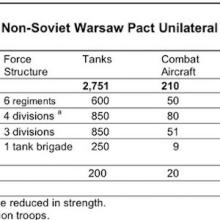
Arms Reduction in Eastern Europe
Once in power, Mikhail Gorbachev began a reform process that followed two paths: perestroika (restructuring) and glasnost' (openness). In order to reform the Soviet economy, Gorbachev believed it was necessary to cut spending on the Soviet military, both inside Soviet borders and throughout Eastern Europe.
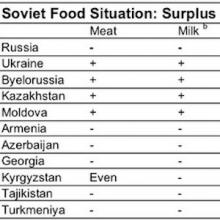
Soviet Food Shortages
The 1980s posed many challenges for the everyday lives of the average citizens of East Europe countries, including daily difficulties created from shortages. Buying such necessities as food, clothing, and hygiene products was recurring obstacle to the average consumer. Food shortages were the result of declining agricultural production, which particularly plagued the Soviet Union.
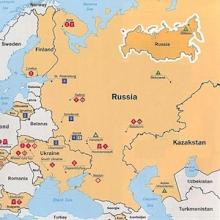
Soviet Nuclear Reactors in Eastern Europe
On April 26, 1986, an explosion at the Chernobyl Nuclear Power Plant in Ukraine led to the radioactive contamination of the surrounding countryside and to radioactive fallout throughout Eastern and Western Europe. The radiation released from the explosion was 100 times that of atomic bomb dropped on Hiroshima or Nagasaki.